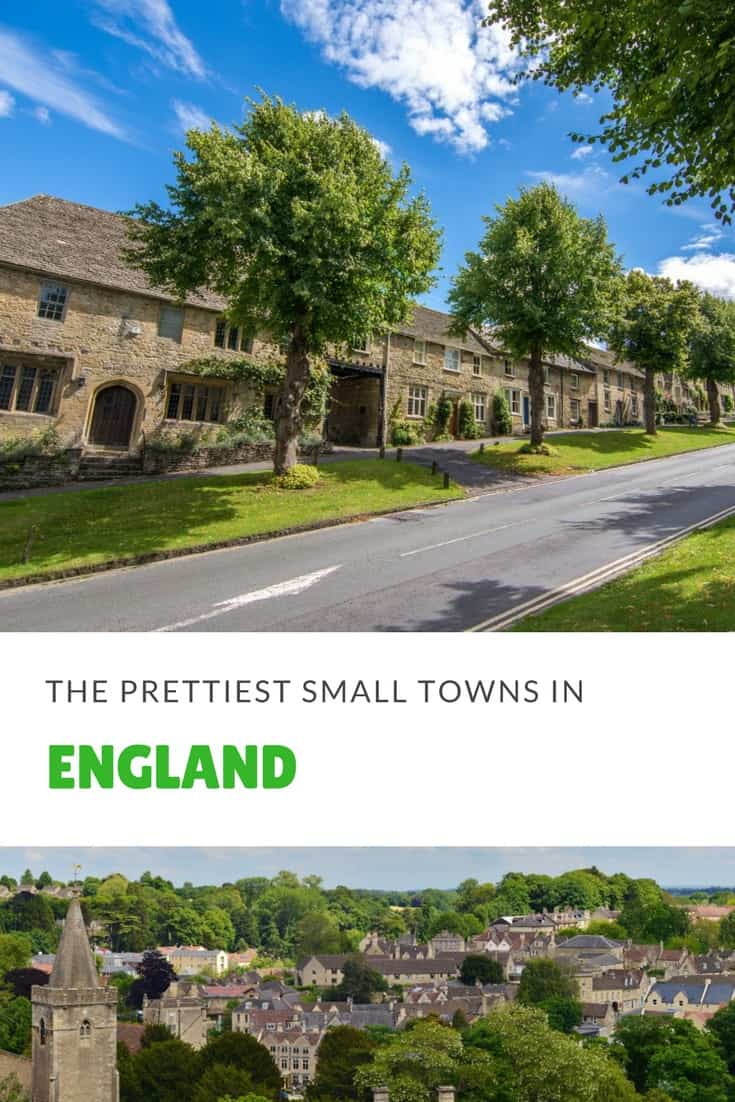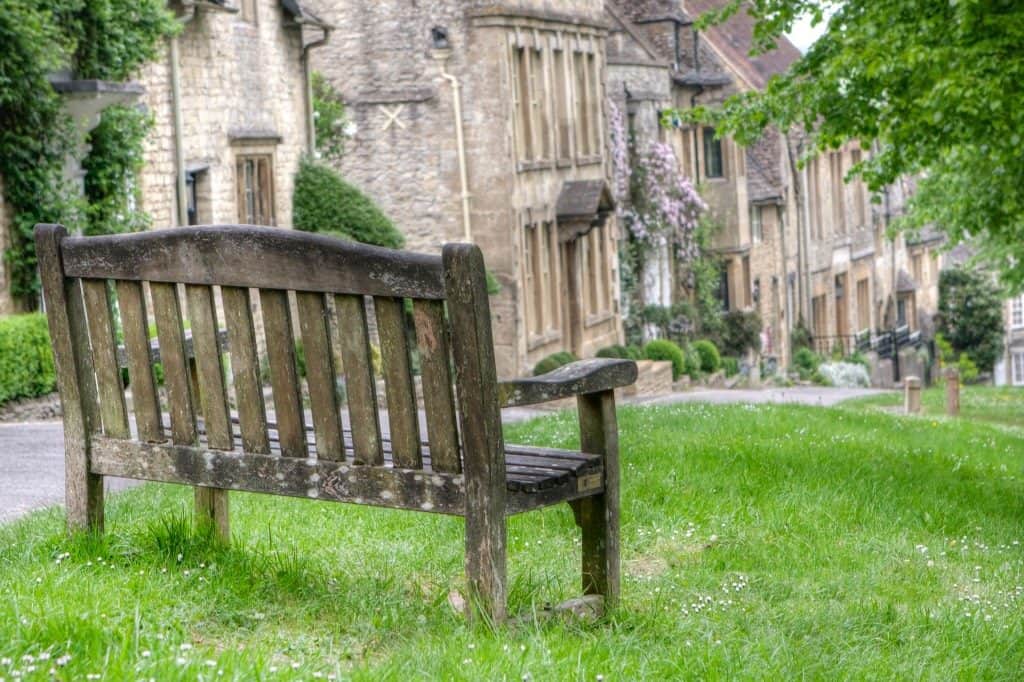
Taking a break within England is an increasingly popular option for those fed up with the stress of the big cities.
While we’re big fans of weekends away in Europe, sometimes you want to make last-minute plans or just can’t be bothered with all the hassle at airports. Consider one of these pretty small towns for a weekend break much closer to home.
Once you’re done exploring, cosy up in a pub with a hearty meal and a pint of local ale, or curl up with a book in a traditional B&B, before enjoying a fry-up or bowl of steaming porridge in the morning.
Bakewell, Derbyshire
In this attractive market town, you’re never more than a short stroll away from a pub, tea room, or a place to enjoy the world-famous Bakewell pudding.
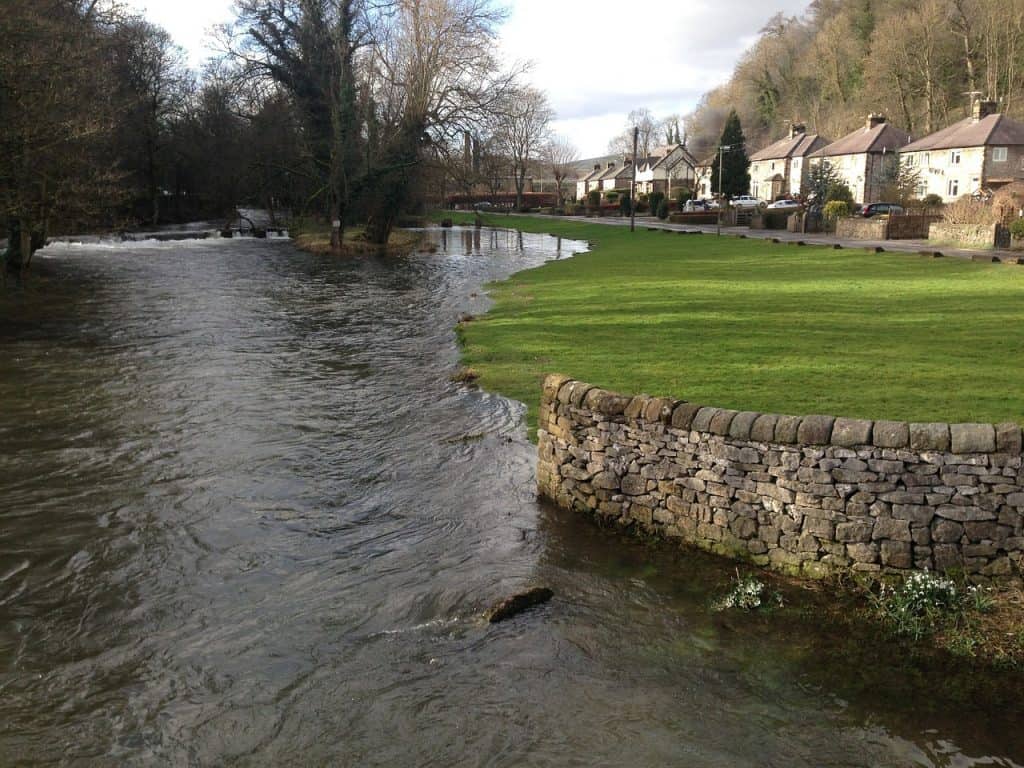
But this Derbyshire town offers visitors so much more, including a thriving Monday market and the nearby Chatsworth Estate. The old stone buildings, medieval stone beige and winding river Wye provide the perfect backdrop for exploring Bakewell’s charm on foot.
While you can sample the local delicacy almost anywhere, no visit to one of England’s best small towns would be complete without calling in to no visit to the Old Original Bakewell Pudding Shop. They will wrap and post gifts anywhere in the world.
Bradford-on-Avon, Wiltshire
The Georgian houses and former textile mills together with the ancient stone bridge that straddles the Avon will make you wonder how on Earth this small town isn’t better known. That said, the towpath just beyond the medieval Tithe Barn is known among ramblers as one of the country’s most scenic.
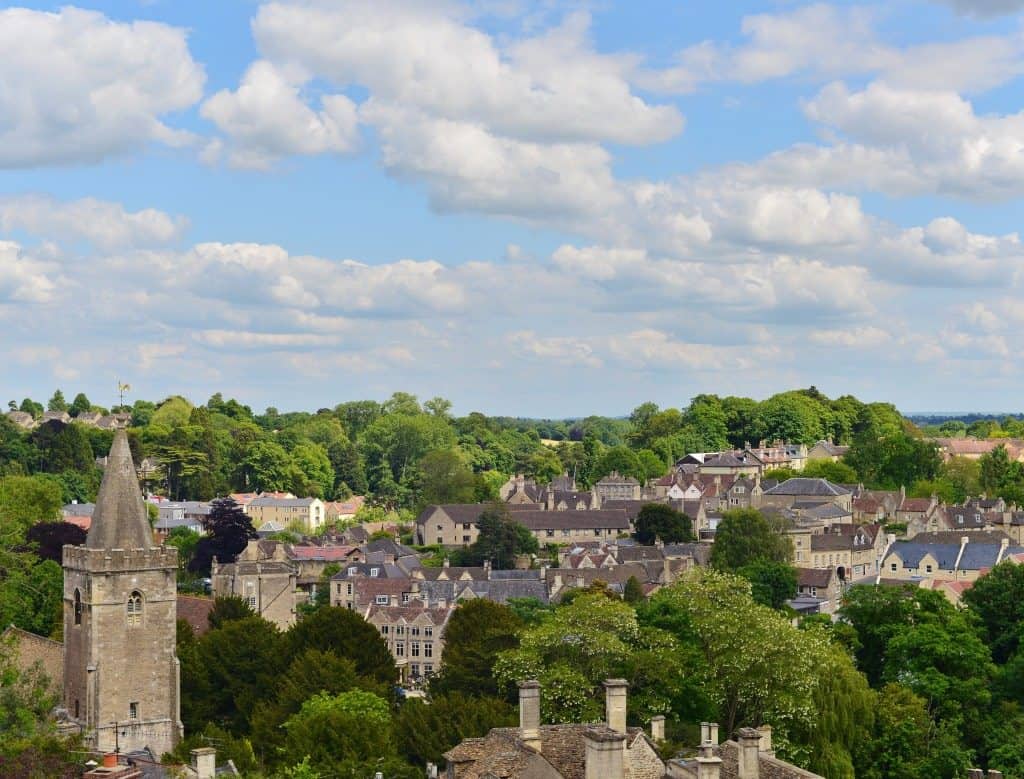
There’s more than just waterside walks to keep you occupied here, though. The town is home to the Wiltshire Music Centre, which hosts regular concerts with a special focus on jazz and folk music.
In the evening, French-inspired Bunch of Grapes is a popular haunt while Pablo’s Tapas steers things in a more Iberian direction. For a simple pint, look no further than the Lock Inn, complete with obligatory fireplace.
Burford, Oxfordshire
Ah, the Cotswolds. Truth be told many villages in this part of England could end up on this list, but Burford stands above them all. It captures in many ways the absolute essence of what an English village should look like.
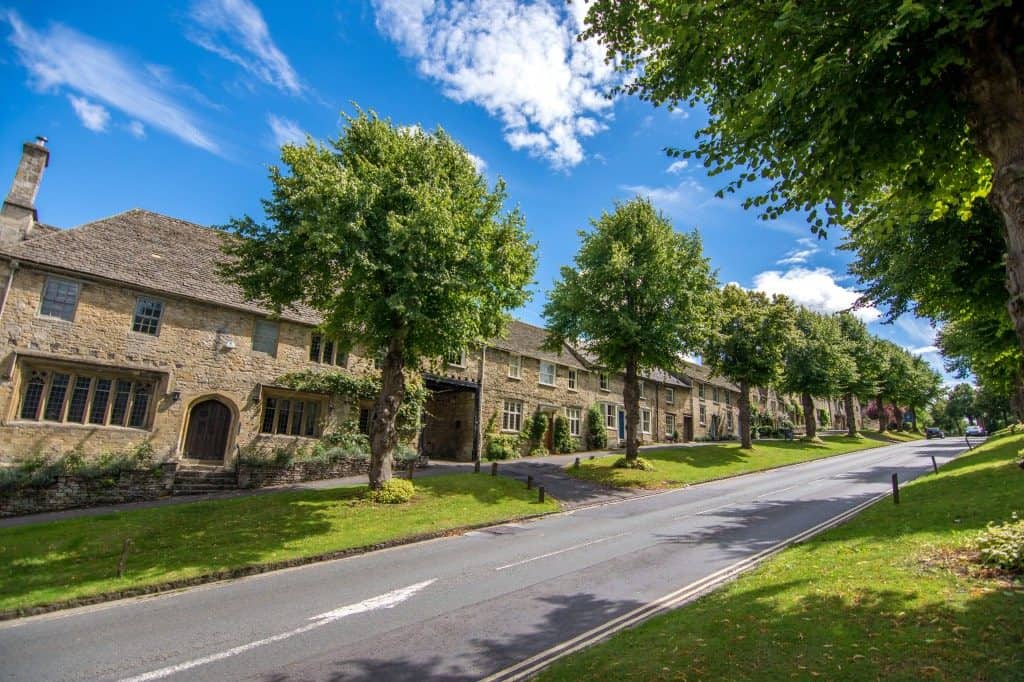
The rows of muddy-yellow limestone homes along tree-lined streets captivate all who visit. The town’s church is built over the ruins of a Roman villa, and in fact you can still see some fragments of tile mosaics dating back to that period.
In addition to the broad main street that slopes down toward the river, the many side streets are home to traditional pubs in lovely old buildings, tea shops, antique stores and more. Among the half-timbered buildings, an early Tudor structure on stone pillars houses the town’s museum. Here you’ll learn about the wool-based industry on which the town grew.
Stow-on-the-Wold, Gloucestershire
Staying in the Cotswolds for a moment, the charming market town Stow-on the-Wold stands on the 800ft-high Stow Hill at a junction of seven major roads, including the Roman Fosse Way.
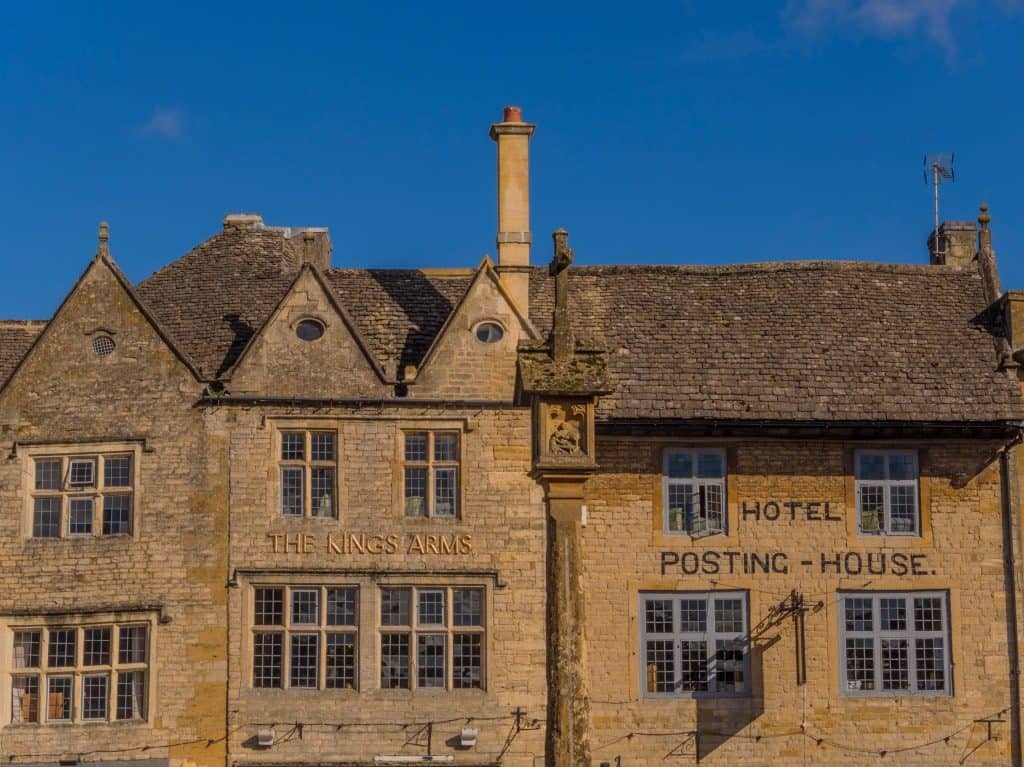
The town was once famous for its huge annual fairs where thousands of sheep would be sold. It goes a long way to explaining the size of the Market Square today. Here you’ll find an ancient cross, the town stocks and a intriguing selection of traditional Cotswold townhouses and shops, especially selling antiques.
As with Burford, many visitors choose to use the town as a home base for exploring the wider Cotswolds region. The likes of Hidcote Manor, Kiftsgate Court and Sezincote House are all within reach. The 11th-century St Edward’s Church is also worth checking out, especially for the north door flanked by yew trees. It’s quite the sight.
Corbridge, Northumberland
While technically a village, Corbridge makes our list because despite its remote location (for many living in southern England, at least!) 16 miles west of Newcastle-upon-Tyne, Corbridge has shops, pubs, B&Bs, and plenty of sights of interest, so we say it’s a town in all but name.
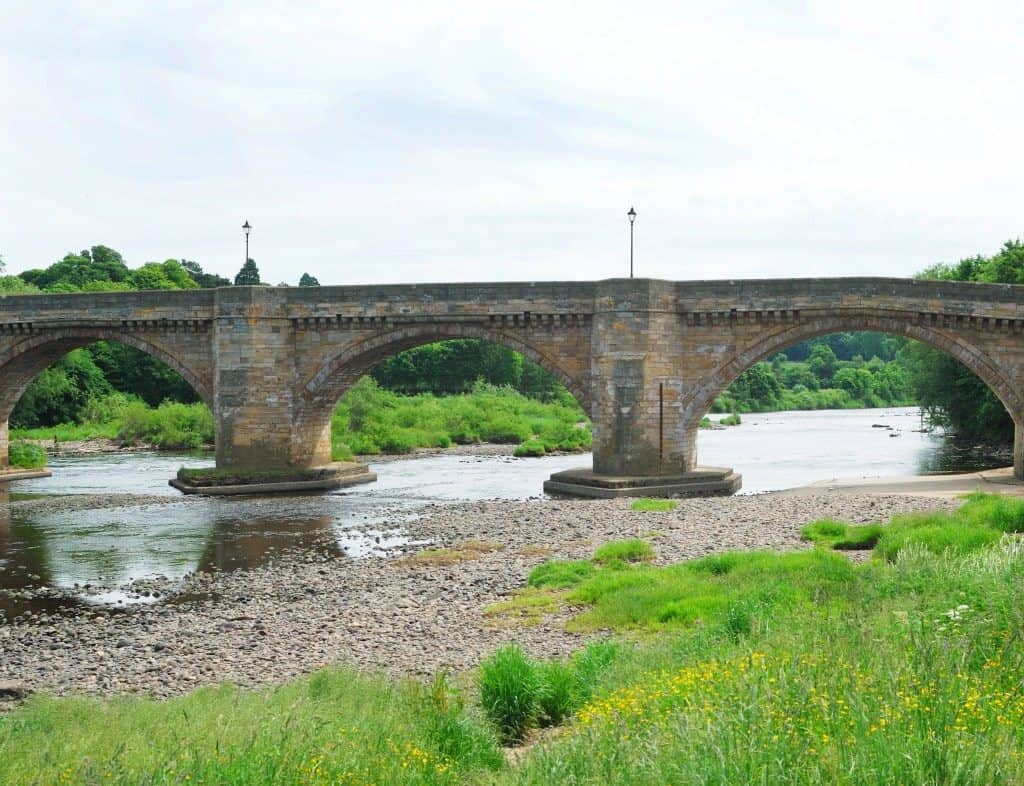
One of northern England’s most historic and picturesque places grew from a Roman supply town for the troops on Hadrian’s Wall, and its original medieval street plan has changed little. As far back as 1827, Corbridge was known for its small shops and several of the beautiful store fronts are still intact today.
It could be the perfect break for history buffs, with easy access to the famous 84-mile-long Hadrian’s Wall Path National Trail. At Corbridge Roman Town, an audio guide brings the story of the town to life. The modern museum details the fascinating array of archaeological discoveries over the years.
Whitby, Yorkshire
Staying in the north-East of England, Whitby (probably along with Bakewell) is the most famous name on our list as it served as Bram Stoker’s inspiration for the Dracula tale.
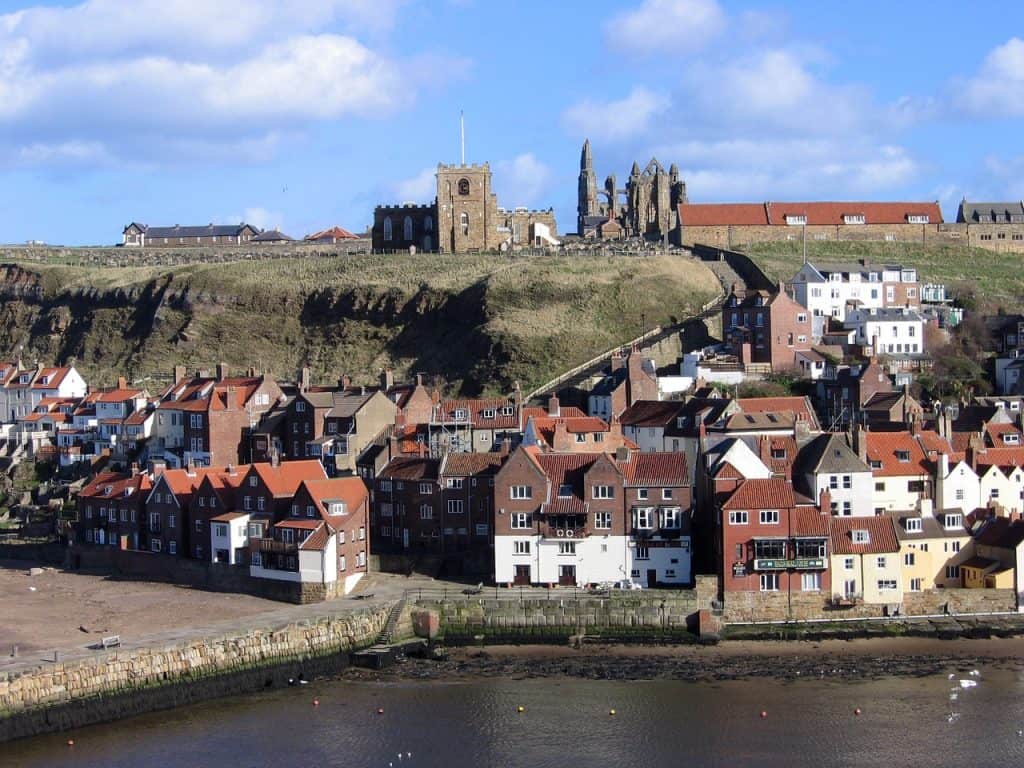
The town is perfect for walking, either on your own or with one of the guided tours themed on local history, Dracula, or an evening ghost walk. For something a little different, enjoy a ride on one of the best heritage railways in the world, the North Yorkshire Moors Railway.
Keeping the historical trend going, don’t forget to call in to the Captain Cook Memorial Museum in a beautiful 17th-century house alongside the harbour. It was here a young James Cook began his seafaring apprenticeship. The museum celebrates his subsequent achievements and those of the sailors, scientists and artists who accompanied him.
Last but definitely not least, this corner of Yorkshire is a great place to sample the region’s freshly caught seafood, with traditional Whitby fish and chips the most popular choice. Thanks to Dracula, this town is well geared up for tourists, so there’s a good range of accommodation and eating options to choose from to suit all budgets.
Rye, East Sussex
Have we saved the best until last? Quite possibly! Famous for its cobbled streets lined with medieval, part-timbered houses, Rye rises up from the surrounding countryside so it’s no surprise to learn that this fortified hilltop town played an important role in the defence of England’s southern coast.
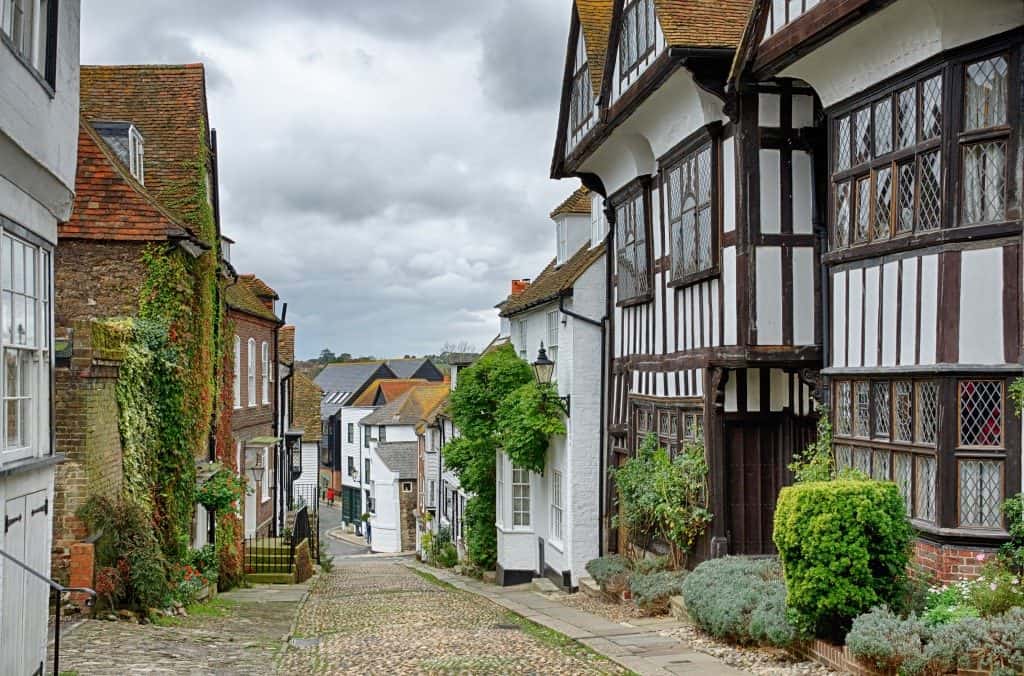
Mermaid Street is possibly one of the most picturesque cobbled streets in all of England. The redbrick Lamb House was once owned by writer Henry James. In amongst its picturesque streets and harbour – home to a small fishing fleet – you’ll find all the guest houses, B&Bs, tea rooms, shops and restaurants you need for a pleasant stay.
The nearby Norman tower of St. Mary’s Church overlooks the town. Finally, visit Rye Castle Museum set inside the 14th-century Ypres Tower, which once formed part of Rye’s defences, to learn more about the town’s important historical role.
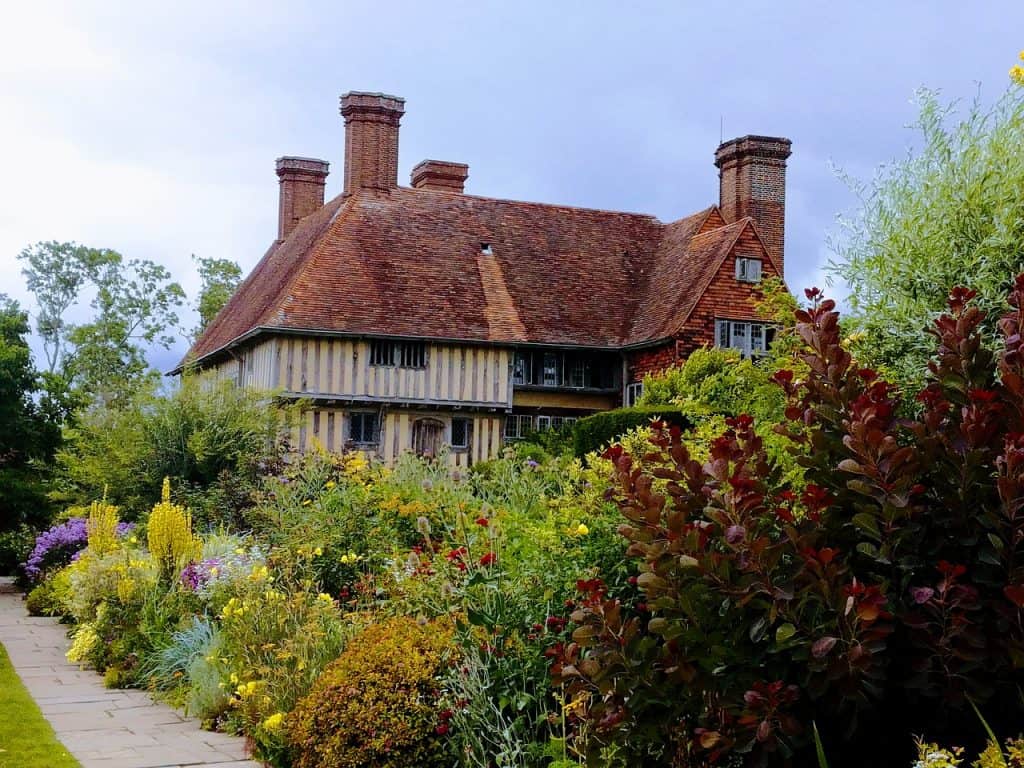
Have we got it right? What’s your favourite picturesque small town in England?
If you’ve been inspired to spend more time in rural England, let us know by sharing this post on Pinterest. We’ve got just the pin for that:
